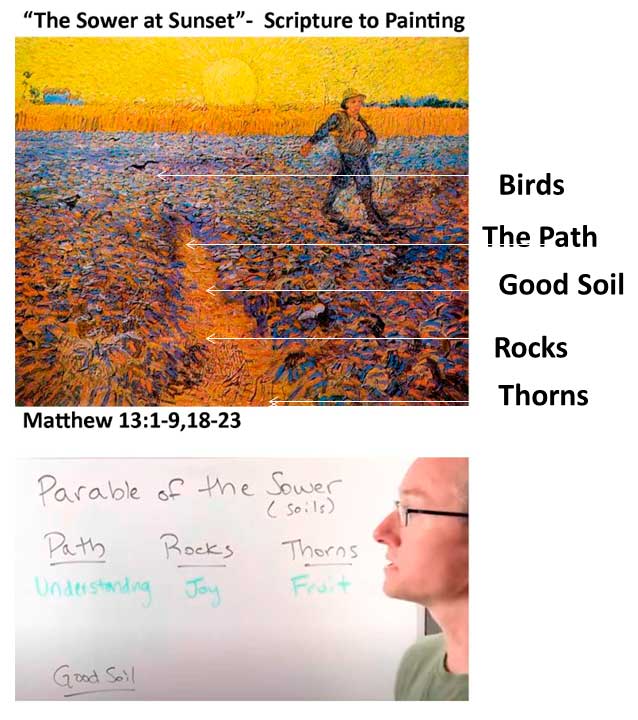
“Noli Me Tangere” (Touch Me Not) – Correggio (1534)
In Bishop Curry’s book Crazy Christians: A Call to Follow Jesus, he writes “We need some crazy Christians like Mary Magdalene and Harriet Beecher Stowe. Christians crazy enough to believe that God is real and that Jesus lives. Crazy enough to follow the radical way of the Gospel. Crazy enough to believe that the love of God is greater than all the powers of evil and death.”
Mary Magdalene, known as the “Apostle to the Apostles,” holds a special place in Christian history. Her devotion to Jesus was legendary. Mary was ever faithful to Jesus while others dropped away. She was there in the key moments of his ministry. She was a witness to the worst on Holy Week, his death on Good Friday and then first on that first Easter Sunday, the best. She was a leader in the early Church
Facts from Living Discipleship:Celebrating the Saints and The Anglican Compass:
- We know Mary was from Magdala in Galilee (thus the surname “Magdalene”).
- Luke reports that Jesus cast seven demons out of her (8:2). After her healing, rather than returning to her home, Mary Magdalene followed Jesus for the rest of his life and ministry. While she followed Jesus, she also helped provide financial support (Luke 8:1-3). Unlike most of the other disciples, she was present at his crucifixion, remaining faithfully with him as the others fled and hid (John 19:25). She then accompanies Jesus’ mother to bury the body of Jesus (Matthew 27:51); she is the only one of his followers who is there when his body is laid in the tomb (Mark 15:47).



